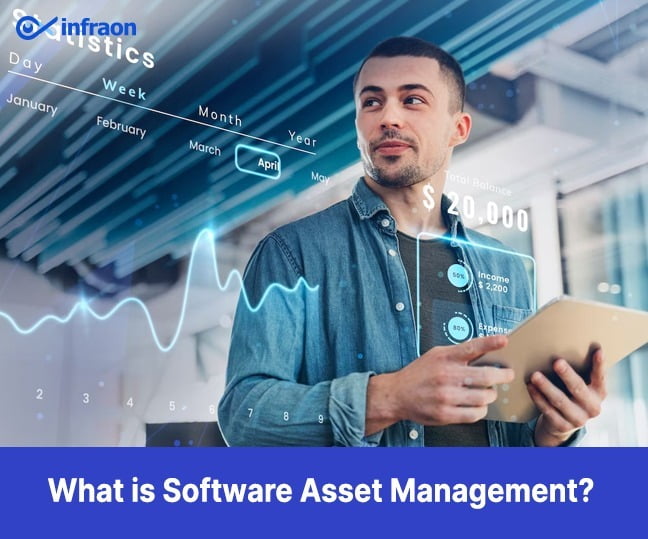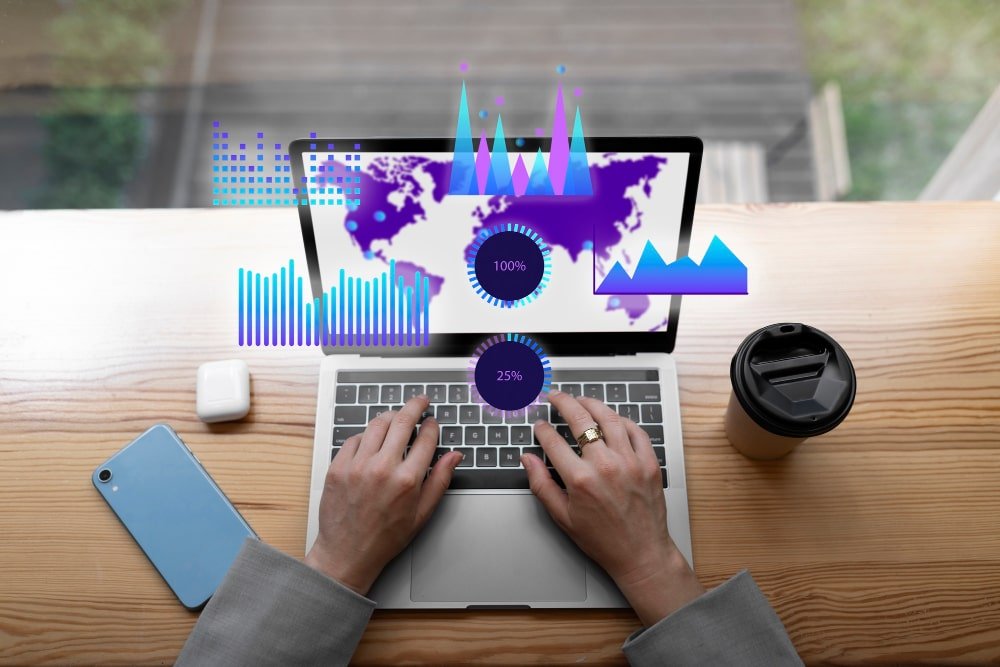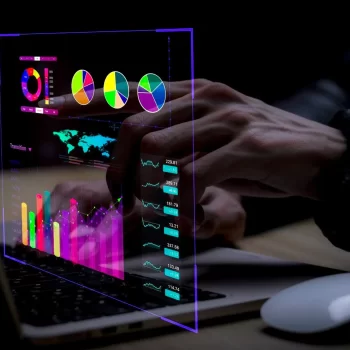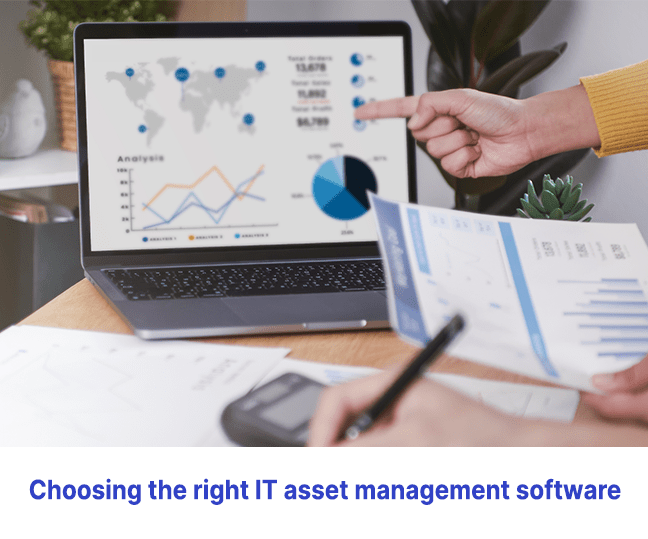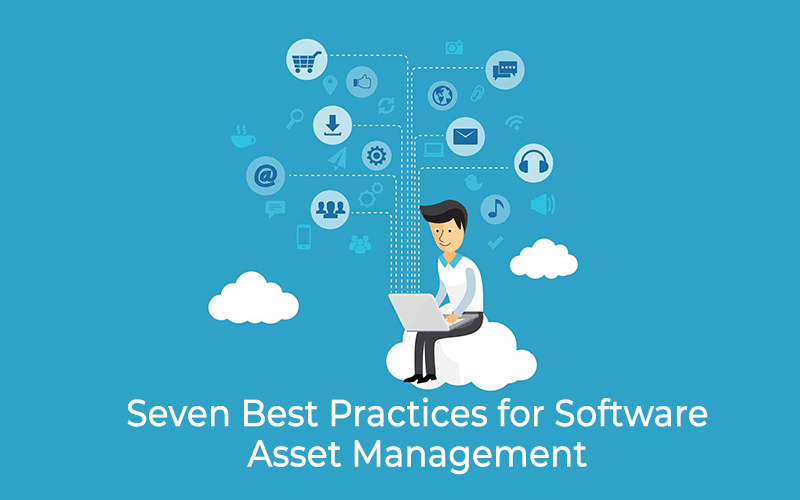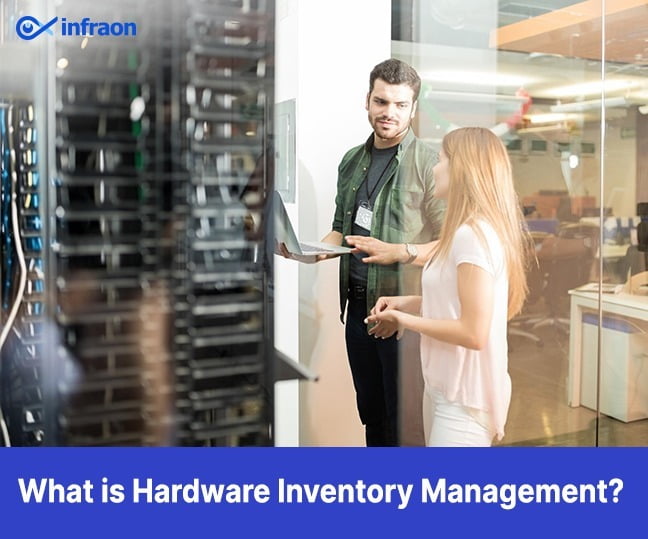What is Software Asset Management?
Software asset management (SAM) is the process of managing and optimizing the use of software within an organization. It involves identifying all of the software assets within an organization, including licenses, installations, and usage, and then implementing policies and procedures to manage those assets cost-effectively.
The goal of software asset management is to ensure that an organization is using its software assets efficiently and effectively while complying with any licensing agreements or regulatory requirements. This includes monitoring software usage, identifying unused or underutilized licenses, and determining if the organization has the right number of licenses for its needs.
Related blog: 19 best Software Asset Management Tools in 2025: SAM Tools and Solutions
Software Asset Management Benefits
Decreased Risk: Software asset management tools can help organizations reduce their risk of software non-compliance, security breaches, and legal issues. By ensuring that all software installed in the organization is properly licensed, SAM helps avoid costly fines and legal actions. It also helps to identify and remove unapproved or unauthorized software that could pose a security risk.
Increased Intelligence: SAM provides organizations with detailed information about their software inventory and usage, which can help them make informed decisions about future software purchases, upgrades, and renewals. By analyzing usage patterns, SAM can help identify which software applications are not much in use, allowing organizations to make more strategic purchasing decisions.
Optimize Your In-house IT Staff: SAM allows organizations to optimize their in-house IT staff by automating the software management process. This frees up IT staff to focus on more strategic projects rather than spending time on manual software inventory and license management. Additionally, software asset management can help identify no longer needed software, which can reduce the workload on IT staff and help streamline operations.

Why is Software Asset Management Important?
SAM is important for several reasons:
License compliance: SAM ensures that an organization complies with software licensing agreements and legal requirements. This helps avoid penalties and legal liabilities resulting from the use of unauthorized software by implementing software license management.
Cost optimization: SAM can help organizations optimize their software spending by identifying and eliminating redundant software licenses. It can also help negotiate better licensing terms and reduce the risk of overpaying for software.
Risk management: SAM helps identify and mitigate security risks associated with the use of outdated or unsupported software. It also helps to ensure that critical software is available and up-to-date to minimize downtime and disruption.
Operational efficiency: SAM can help to streamline software deployment and maintenance processes, reducing the time and resources required to manage software.
Strategic planning: SAM provides insight into software usage trends and enables organizations to make data-driven decisions about future software investments
How To Choose The Right SAM Tool?
Size of your company:
The size of your company is an important factor to consider when selecting a SAM tool. Large companies may require a more robust tool with advanced features, such as asset discovery and management, license optimization, and reporting. Smaller companies may require a less complex tool with fewer features but one that can still meet their needs and budget.
Complexity:
The complexity of your IT infrastructure is another crucial factor to consider. If your company has a highly complex IT environment with various operating systems, databases, and applications, you may need a more advanced SAM tool with an extensive database of software applications and a robust license management system.
Integrity:
The integrity of the software asset management tools is essential to ensure that it meets compliance and audit requirements. You should look for a SAM tool that is certified by reputable organizations, such as ISO or IAITAM. Additionally, the tool should have strong security features to protect your company’s data and ensure that only authorized users can access the tool.
Functionality:
The functionality of the SAM tool is an essential factor to consider. The tool should provide essential features, such as software discovery, license management, contract management, and reporting. It should also be user-friendly, customizable, and integrate seamlessly with your existing IT infrastructure.
Features of Software Asset Management
Software License Management:
Software license management involves managing and tracking software licenses to ensure compliance with licensing agreements, prevent software piracy, and optimize software usage. It helps to identify and manage software licenses that are underutilized, over-utilized, or expired.
Software Configuration:
This feature ensures that software is configured correctly and consistently across all devices, reducing the risk of errors and security vulnerabilities. It also helps to standardize software configuration to ensure compliance with organizational policies and industry regulations. You can also make use of SAM for it asset lifecycle management.
Usage Reporting:
The usage reporting feature provides insights into software usage patterns, which can help organizations make informed decisions about software procurement, licensing, and usage. It also helps to identify software that is not being used, which can lead to cost savings.
Application Discovery:
This feature helps to identify all the software applications installed on an organization’s devices, including unauthorized software that may pose security risks. It helps to ensure that all software is licensed and authorized, reducing the risk of security breaches and compliance issues.
Conclusion
So, if you are willing to streamline your workplace operations and improve your productivity to a maximum extent, then Infraon is the solution for you. Infraon is a cloud-based software asset management platform that helps organizations efficiently manage their software assets throughout their lifecycle.
Infraon provides a centralized platform for managing software inventory, licenses, and contracts and helps organizations optimize their software spend and ensure compliance with licensing agreements. With Infraon, organizations can automate the software discovery process, track software usage, and identify unused or underutilized licenses.
